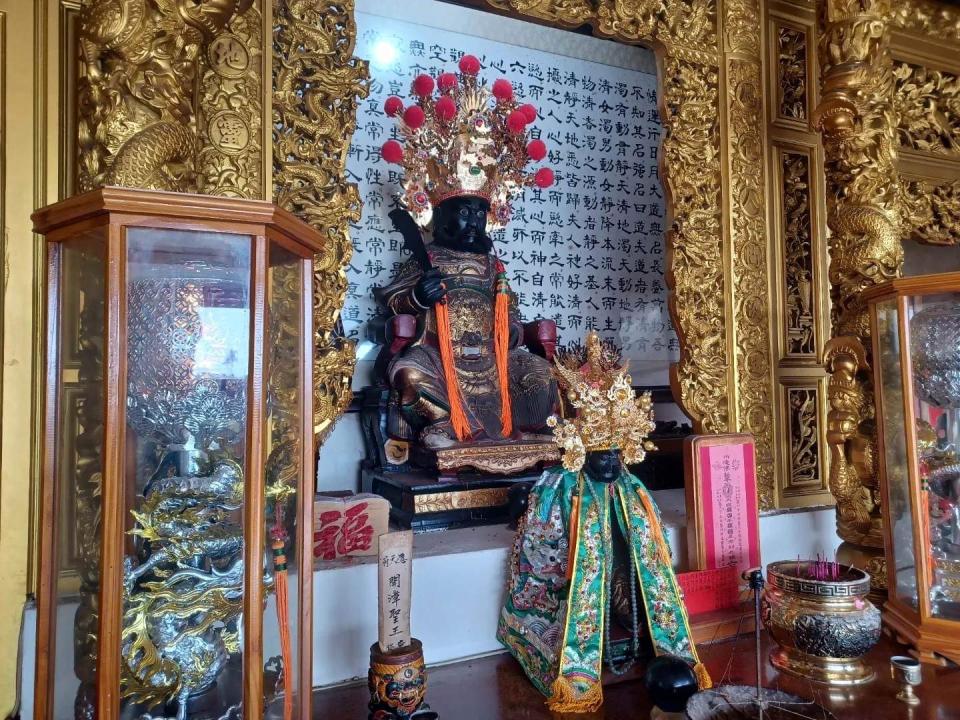Ko and Mao: A Story of Taiwan indigenous God

【愛傳媒KoTheng-Tiat, Mao Ti-Sheng專欄】A Story of Taiwan indigenous Soldier in the Qing Dynasty—Tin-Lam Tai-Chiong-Kun
The shrine Eng Thian Hu(應天府) of Ko Chhiu Township(高樹), serving General Tin-lam Tai-chiong-kun (鎮南大將軍), now managed by his heir Mr. Phoaⁿ Hûn-san(潘雲山), who is also a master of Taiyi Tao(太一宗). This site is located is located in Thai San(泰山), Ko Chhiu of Pintung(屏東) , this region was known as Karapo(加蚋埔) in the ancient times.
General Tin-Lam Tai-Chiong-Kun was fomerly known as Phoaⁿ Sian-eng(潘仙英) before receiving his title and passing away. He originated from Verrovorongh(a Makatao name, Taigi:下淡水社), then moved to Chhiah Soaⁿ(赤山) Bān Kim Chng(萬金庄) area in mid Qing-occupied Era.
As a military officer of the Qing Empire (清帝國/Daicing Gurun) controlled Formosa, the late General Phoaⁿ Sian-eng was entitled as Squad Leader of Lâm Tūn(南營屯番外委). He was promoted to Squad Leader(外委) after neutralizing the Case of Khó Chhiâⁿ(許成) in 1832. Then in 1841, the Case of Tân Chhiong(陳沖) led him to the rank of battalion commander(千總, Manchu: Minggantu), and the troops under his command was also participated in the battle of Inncident Lîm Kiong(林恭) in 1853. As a result, the Qing Empire heavily relied on General Phoaⁿ to manage Formosan indigenous-related affairs in the region.
Today, the shrine of the late General Phoaⁿ Sian-eng in Ko Chhiu is 35 kilometers away from his origin in Chhiah Soaⁿ. The truth behind this relocation is about to be revealed in the book of《找回萬丹》(Bān tan and our stories) cooperated with Ban Tan Cultural Assosiation(萬丹鄉藝術文化協會). We welcome your thoughts and feedback on this topic.
●專欄文章,不代表i-Media愛傳媒立場

 Yahoo奇摩新聞
Yahoo奇摩新聞 